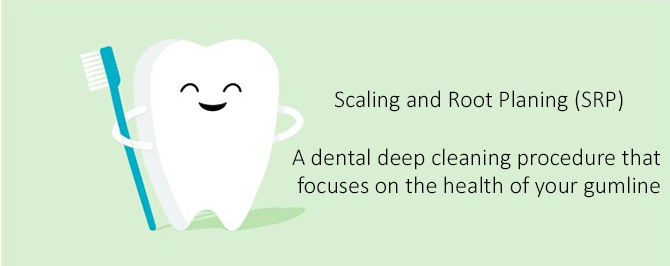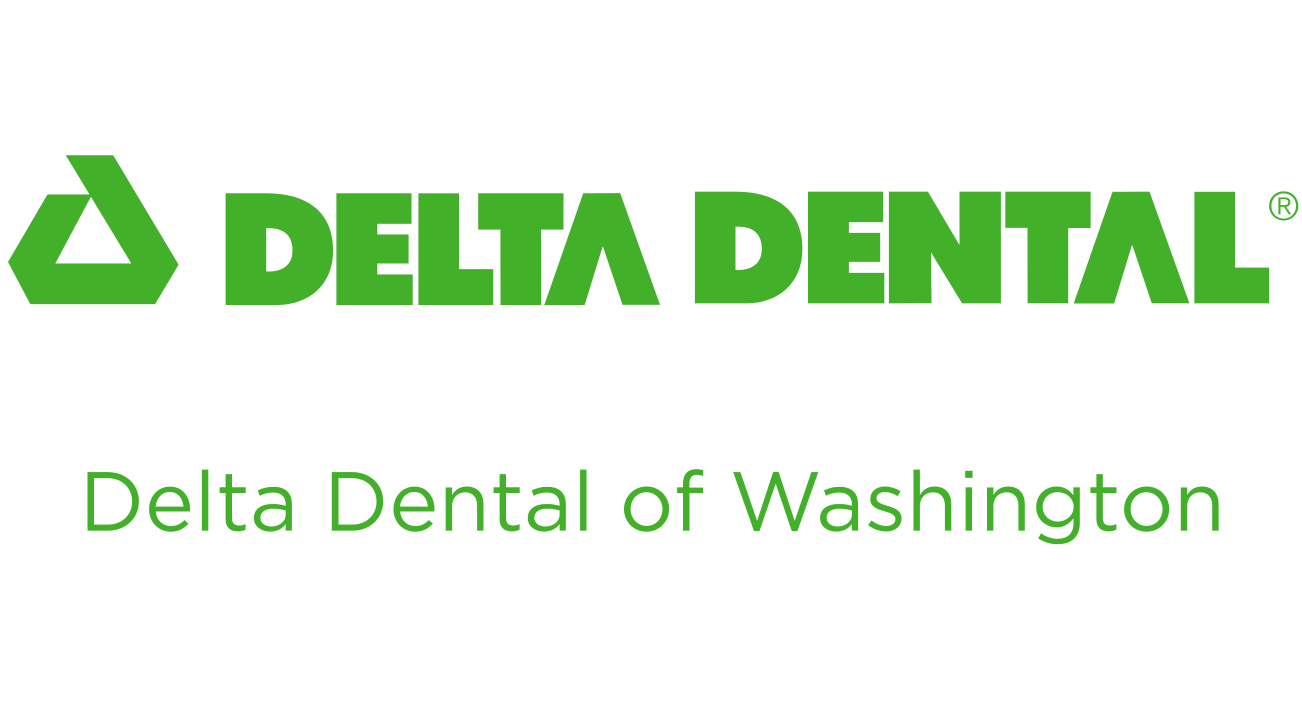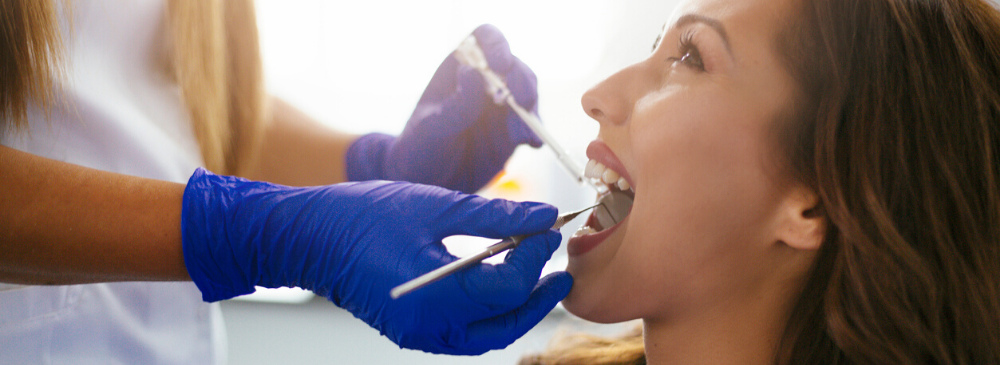Originally publish October 2019. Updated August 2021.
Sometimes, a standard cleaning by a dental hygienist isn’t enough. If bacteria invade below your gum line, you’ll need a deep dental cleaning to restore your gums to health.
But what is a dental deep cleaning and how do you know if you need it? We answer all that, and more, below.
What is a dental deep cleaning?
A dental deep cleaning – also called periodontal scaling and root planning – is like a traditional cleaning but focuses on the outer surface of the roots and below your gum line. This special cleaning is needed when tartar buildup has caused an infection in the gums. When this happens, pockets can form, which is a widening of the gum line that has pulled away from the tooth. Loss of this connective tissue can lead to bone loss and, eventually, tooth loss.
Need a deep cleaning but curious about your coverage? With MySmile®, your coverage is right in the palm of your hand. Log in today to check your benefits!
Sign In
Dental deep cleaning can help control the infection and promote healing. As you may know, preventing infection and inflammation anywhere in your body — including your gums — is important to your health and may help you live longer, especially if you live with diabetes or heart disease.

If you’ve missed regular visits to your dentist and hygienist, tartar can build up and allow bacteria to enter below the gums. Smoking, diabetes, and even stress can promote this buildup. Or maybe you’re taking a medication that causes dry mouth or old fillings are breaking down. If you’re pregnant or use oral contraceptives, hormonal changes may contribute. Even with good oral care, some people are more susceptible than others simply because of heredity.
In scaling, your dentist or periodontist will use a hand-held dental scaler to manually scrape the plaque from your teeth above and below your gum line. Or he might use an ultrasonic tool with a vibrating metal tip, plus a water spray, to wash tartar away. Root planning is more of a rubbing motion, used to smooth rough spots on the roots of your teeth that promote gum disease by trapping bacteria. Planing will also help your cleaner and healthier gums reattach to your teeth.
How do I know if I need deep dental cleaning?
You might need a deep dental cleaning if you notice any of the following signs of infection:
- Your gums may look red and swollen
- They may be tender and bleed a little when you brush or floss
- Or your teeth may appear longer than they used to — a sign that your gums are pulling away
Your dentist will diagnose the problem by measuring any pockets that have formed with a special probe. This test is usually painless. Your dentist may also take x-rays to check for bone loss. If pockets are deeper than can be treated with a standard cleaning and good at-home care, you will need a deep cleaning to clear the infection and promote healing. Depending on the severity of the infection, you may only need scaling and planing in just a few spots or, if the problem is widespread, in your entire mouth.
Does scaling and planing during a dental deep cleaning hurt?
SRP can cause some discomfort, so your dentist will likely use a local anesthetic to numb your gums. Afterward, your gums will probably be a bit tender, and may bleed slightly when you (gently) brush your teeth over the first few days following the procedure. Your teeth may also be sensitive to hot or cold for the first two- or three-days following treatment. Occasionally, it may take a few weeks before all sensitivity fades. This is normal. Your dentist can recommend a mouth rinse or an over-the-counter pain reliever. Desensitizing toothpaste may also help.
How to prepare for your dental deep cleaning
When you make an appointment for dental deep cleaning, your dentist will ask about your health history. This is because the procedure can release bacteria into your bloodstream. If you had a joint replaced or have a heart condition, liver disease, AIDS, or other illness that may have weakened your immune system, you’re at a higher risk of developing an infection. If so, your dentist will take extra precautions during the procedure to reduce your risk and will likely prescribe an antibiotic before your appointment.
If you take a blood thinner such as Plavix, Eliquis, Warfarin or Pradaxa, your dentist may recommend that you stop that medication for a few days beforehand. However, this must be coordinated with the doctor who prescribed the blood thinner — don’t stop one of these medications without consulting them.
Beyond that, you don’t need any special preparation before your deep cleaning.
How long does a dental deep cleaning take?
Dental scaling and planing can often be done in a single, one or two-hour visit to the dentist. However, if you have numerous trouble spots or the infection is widespread, the dentist will usually work on one or two quadrants of your mouth per appointment.
Dental deep cleaning aftercare
After your deep cleaning procedure, your dentist will give you homecare instructions based on your unique situation. You’ll likely be given an appointment 4-6 weeks later to check on your condition. Your dentist will also ask you to come in for more frequent (regular) cleanings, perhaps every 3 months instead of twice yearly, for a time. This is to prevent new infection and promote healing. He’ll continue to measure pocketing to determine whether your gums are improving.
Most people respond very well to SRP. Add in a good home care routine afterward and you may see rapid improvement: gums that are firm and pink rather than red and tender. Over time, pockets will shrink, and you can be confident that your gums are happy and healthy.
Need a deep cleaning but curious about your coverage? With MySmile®, your coverage is right in the palm of your hand. Log in today to check your benefits!
Sign In


